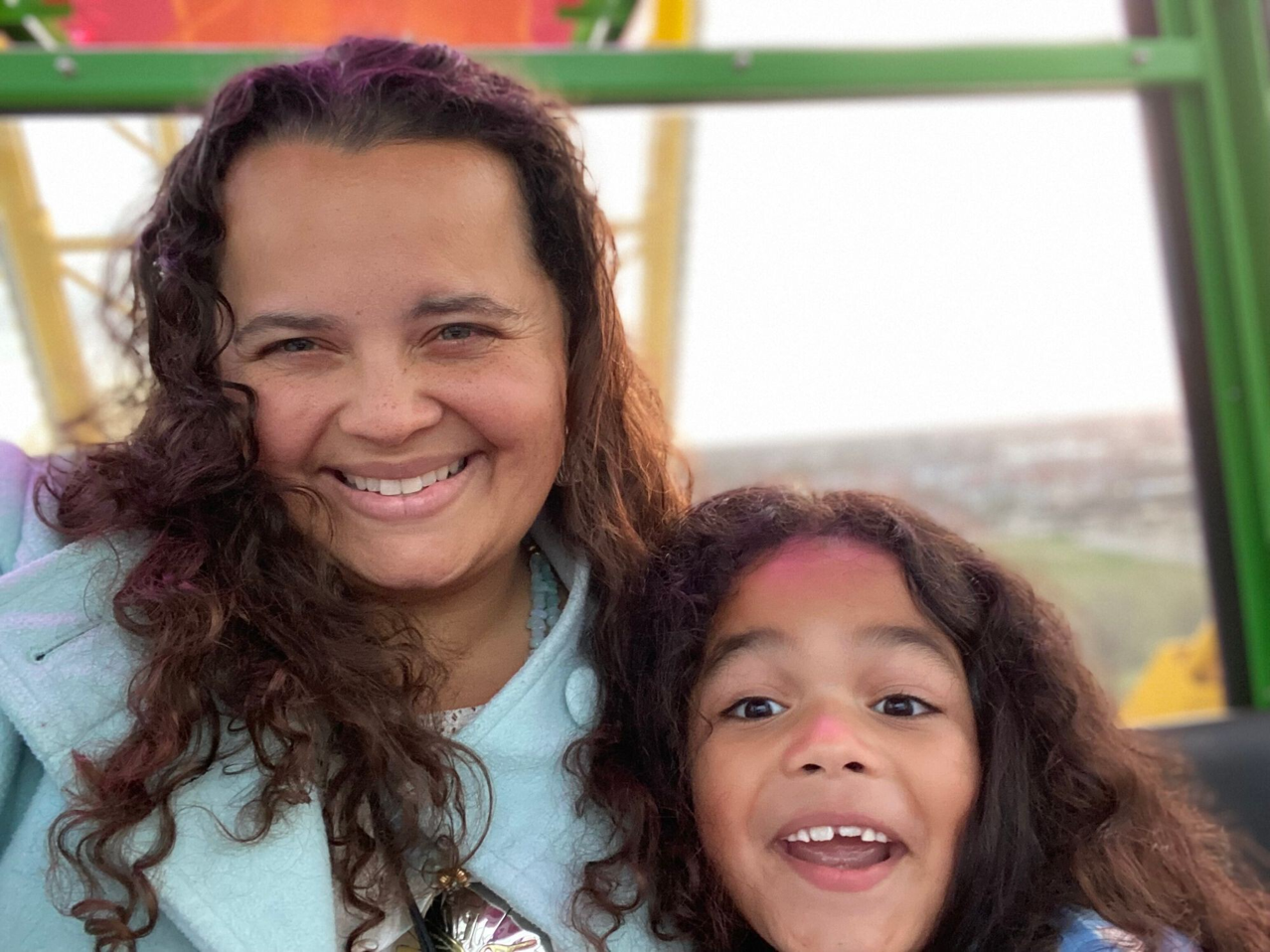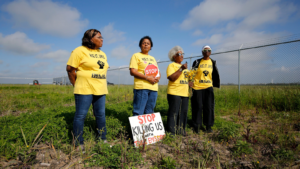This will be an ongoing battle for Indigenous people. Here’s how we fight back.
In February, my 6-year-old Waccamaw Siouan son was told that he must cut his long hair to continue attending a public charter school in North Carolina — and our world stopped. In that moment, every negative emotion, from depression to rage, rushed over me. Those at the school somehow considered his long hair, which he sometimes wears in a braid, to be “faddish,” and this wasn’t acceptable, according to their dress code.
The only way I could justify the demand was to assume that maybe they just don’t know that my son’s hairstyle is an important expression of our culture. For over a century, the Waccamaw Siouan Tribe has been living on and caring for the land that the school currently occupies. Long hair, as a style, is traditional for boys and men.
Wake up to the day’s most important news.
Subscribe to The Morning Email.
I want my son to be strong, self-possessed and proud of who he is. I’m realizing that this could require his constant effort to educate others about our culture and, subsequently, why they should respect it. I’ve had to do this my whole life, so I know that it’s exhausting. Eventually, you grow weak from having to convince people that you deserve respect. I don’t wish for that emotional labor and trauma to weigh down my son’s shoulders. Yet there we were, at a crossroads: Do we continue to educate, or simply walk away?
My son loved his teachers and his friends. How could I look him in the eyes and tell him that he is not wanted at school as his most authentic self?
I chose not to do this — and so we set out to educate the school’s administrators. It sounds like an oxymoron to teach educators, but that’s what was necessary. After that, we waited for a response that would allow our son to continue on there with his beautiful hair styled exactly as it was. When the pushback came, it hit us hard.
Denying my beautiful boy as his authentic self — with a hairstyle that wasn’t hurting anyone — is a poignant form of cultural erasure. It disrespects the heritage that we have been trying hard to preserve for generations. Also, forcing someone to cut their hair is an assimilation effort that was used years ago at Native American boarding schools. “Killing the Indian” in a child changes future generations, and we have seen this story before. We must resist these attacks on our culture and call them what they are. We’re not trying to move backward here.
In the moments I was processing all of this, I remember dropping to my knees and collapsing into the arms of my elders. I leaned and prayed to the creator for strength, because I knew there was a fight ahead. Most importantly, my son’s safety from the world was in jeopardy. The school gave us two weeks to cut his hair before he could return to class — and we both knew we wouldn’t touch a hair on his head.
So, I called on every person of influence I knew in North Carolina. I reached out to anyone who I believed could help me navigate this situation and get my son back into school with his teachers and friends. Finally after many calls, emails, interviews and letters, my son was able to return to class and finish the school year strong.
Administrators conveniently decided to push off any “discussions” about changing their policy until the very end of the school year. They altered one word in another area of the rules and passed this as a “policy change” to combat the negative press the school had received. (HuffPost reached out to Classical Charter School for comment but did not receive an immediate response.) When the next school year began, so did the looming cloud of another attack on our culture.
This will be an ongoing battle, not just for me but for all Native Americans who face similar attempts at cultural erasure. So how do we fight back?
Resilience comes from the wounds and battle scars of these events. It takes an intentional resistance to those who wish to remove and assimilate our existence without even understanding why they want us and our customs gone in the first place. We all process this trauma differently. Just as it’s in my DNA to fight back against oppression, it is in others’ DNA to uphold it.
The first thing to remember, especially if you want to be an ally, is that rules for rules’ sake are oppressive. There should always be a why. Some people don’t want to find meaning behind rules, further solidifying their core values as oppressors of Indigenous people. It takes courage to speak out against a society that was designed to destroy your existence.
If we continue to let Native children be robbed of their customs, we reinforce the narrative that our people do not deserve to exist. So, educating young people on Native sovereignty is crucial. The trauma can end with this generation. We can end the continued and failed attempts of colonized minds, by basking in the clarity that comes from appreciating and celebrating another person’s culture. This is how we can change the world for the next generations and stop the pain.




